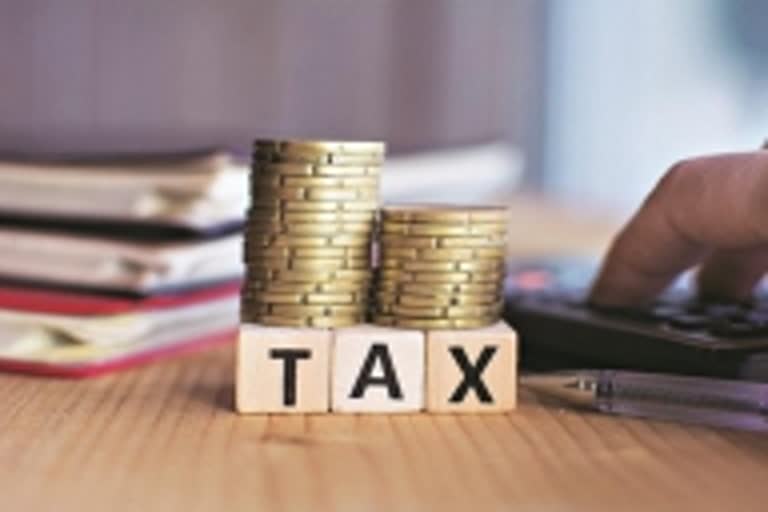New Delhi: India's tax pie seems to have undergone a subtle change with a sharp drop in direct tax collections resulting from a disproportionate impact of the COVID-19 carnage on incomes.
The share of indirect taxes, which mainly comprise of levy on goods and services as well as import duty, has risen while that of direct taxes - made up of corporate and personal income tax - has gone down in 2020.
In an interview with PTI, Finance Secretary Ajay Bhushan Pandey said in a pandemic like this where the economy has been impacted, any large scale changes impact direct taxes more severely, whereas indirect tax collection is mostly proportional to business turnover and compliance.
"In a situation like this where the economy has been impacted and we are on the recovery path, the direct taxes are impacted more severely because the profitability of a company is not directly proportional to the turnover always. If your turnover reduces below a certain benchmark then the profit will not merely reduce, but it may get into a negative zone and therefore the company may not pay any income tax as it will be into a loss.
"Similarly, when we are in a recovery phase, the companies will take a longer time to come into the profitable zone to pay income tax. In the case of indirect tax, it is more or less proportional to the business volume and turnover and compliance," he said.
While the government has officially not released direct and indirect tax collections, industry sources said the share of indirect taxes in overall tax collections rose to about 56 per cent, the highest in over a decade for the period. This follows a sharp 26-27 per cent decline in direct tax collections.
Direct taxes are a direct outcome of income levels while indirect taxes are mostly driven by consumption as demand for some goods is inelastic either because of they being essential in nature or not substitutable like petrol and diesel.
Excise collections rose in 2020 after the government raised the tax on petrol and diesel by Rs 13 and Rs 10 per litre, respectively. Customs collections, which reflect duty paid on goods imported, grew substantially in November and December. While the revenue in December was up 94 per cent to Rs 16,157 crore, in November it was up 43 per cent to Rs 11,598 crore.
Pandey said this buoyancy in Customs collection would be due to many factors, including the introduction of faceless assessment.
"We are doing the analysis as to what kinds of goods are getting imported and customs duty on those items," he said. "We have also brought in CAROTAR rules wherein the import from FTA countries are also being subjected to greater scrutiny and we are ensuring that goods which have undergone requisite value addition in exporting countries only they are given the benefit of FTA. So these measures, along with an uptick in the economy, are yielding results."
The havoc wrecked by the pandemic on tax collections - that is a reflection of the economic well-being of a nation - led to the first major showdown between the Centre and the states since the implementation of the GST regime three years ago.
Sharply split on political lines, states demanded Centre to compensate them - through borrowing or from its own coffers - for the loss of revenue in a year that saw 69-days of complete lockdown and gradual easing thereafter.
